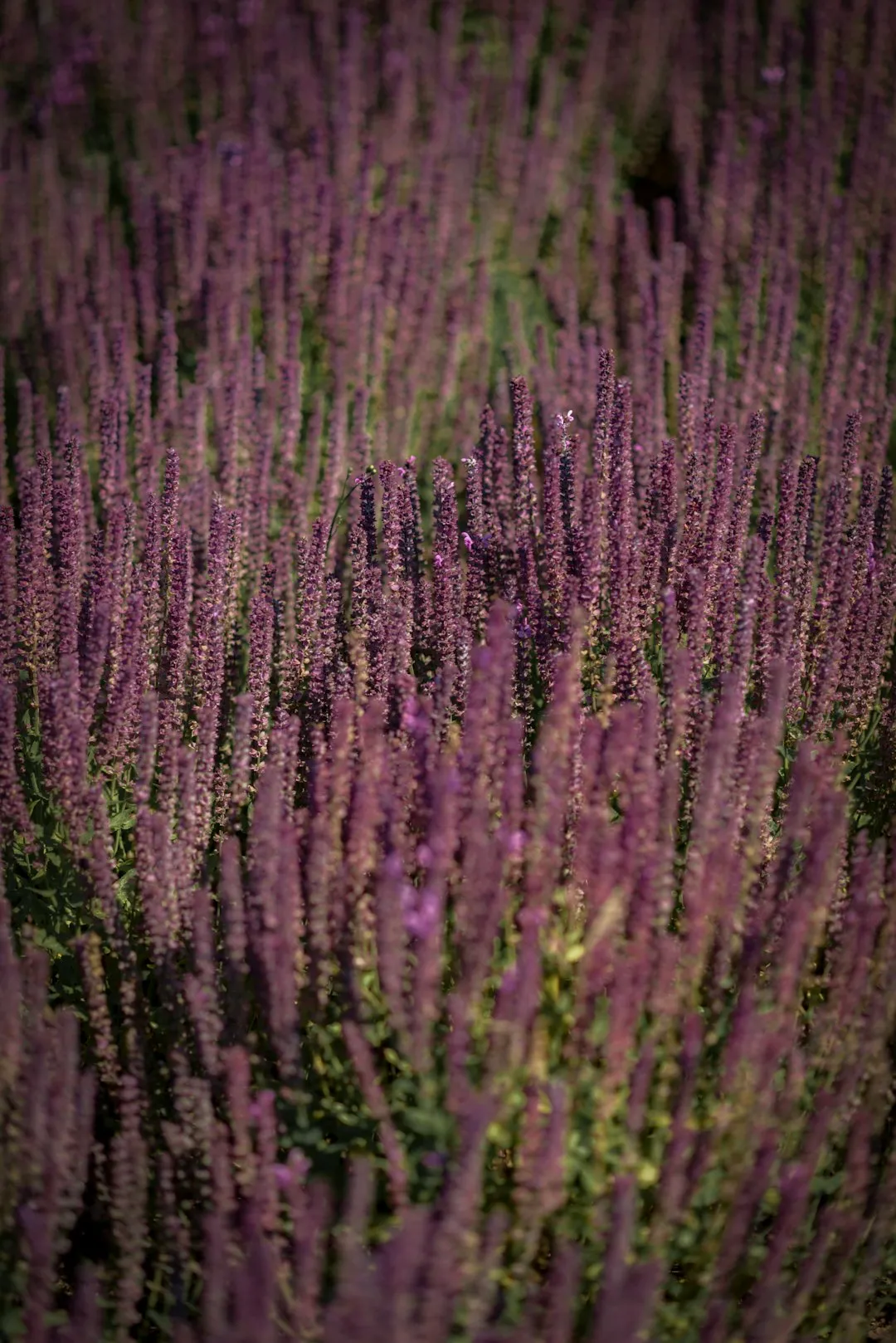The Secret to a Low - Maintenance Garden: Drought - Tolerant Groundcovers

In the world of gardening, especially when it comes to flowers, finding the right plants that can withstand long dry spells is a game - changer. Drought - tolerant groundcovers are not only a practical choice but also a beautiful addition to any garden. They can save you a significant amount of work and water, making them an eco - friendly option as well.
One of the key benefits of using drought - tolerant groundcovers is their ability to survive with minimal water. In regions where water is scarce or during periods of drought, these plants can thrive without the need for constant watering. This not only reduces your water bill but also helps conserve this precious resource.
Let's explore some of the best drought - tolerant groundcovers that you can use in your flower garden.
1. Thyme
Thyme is a versatile and fragrant groundcover that comes in many varieties. It has small, aromatic leaves and produces beautiful clusters of tiny flowers. Thyme is well - known for its drought tolerance. It can grow in poor soil conditions and requires very little maintenance. Once established, it can spread quickly, creating a dense mat of foliage that helps suppress weeds. Thyme is also attractive to bees and butterflies, adding to the biodiversity of your garden.
2. Sedum
Sedum is another excellent choice for a drought - tolerant groundcover. There are numerous species of sedum, ranging from low - growing varieties to taller ones. Sedum has fleshy leaves that store water, allowing it to survive long periods of dryness. It comes in a variety of colors, including green, blue, and purple, and produces star - shaped flowers in the summer. Sedum is easy to propagate, making it a cost - effective option for large areas of your garden.
3. Ice Plant
The ice plant is a succulent groundcover that is native to South Africa. It has thick, fleshy leaves that are covered in small, glistening bumps, giving it an icy appearance. The ice plant produces vibrant, daisy - like flowers in shades of pink, purple, and yellow. It is extremely drought - tolerant and can grow in sandy or rocky soil. The ice plant spreads quickly and can cover large areas, making it a great choice for slopes or areas where erosion is a concern.
4. Ajuga
Ajuga, also known as bugleweed, is a low - growing groundcover that forms a dense carpet of foliage. It has glossy, dark green leaves that can sometimes have a bronze or purple tint. Ajuga produces spikes of blue, purple, or white flowers in the spring. It is drought - tolerant once established and can grow in partial to full shade. Ajuga is a great option for filling in shady areas of your garden where other plants may struggle to grow.
5. Lamb's Ear
Lamb's ear is a soft, fuzzy groundcover with silver - gray leaves that resemble the ears of a lamb. It produces tall spikes of pink or purple flowers in the summer. Lamb's ear is very drought - tolerant and can grow in poor soil conditions. It is also deer - resistant, which is an added bonus for many gardeners. Lamb's ear can be used as a border plant or to fill in large areas of your garden.
When choosing drought - tolerant groundcovers for your flower garden, it's important to consider the specific conditions of your garden, such as sunlight, soil type, and drainage. You should also think about the overall aesthetic you want to achieve. Mixing different varieties of groundcovers can create a more interesting and diverse look in your garden.
To plant drought - tolerant groundcovers, start by preparing the soil. Remove any weeds or debris and loosen the soil to a depth of about 6 - 8 inches. Amend the soil with compost or other organic matter if necessary. Space the plants according to their mature size, and water them thoroughly after planting. Once the plants are established, you can reduce the frequency of watering.
Maintaining drought - tolerant groundcovers is relatively easy. Prune them back as needed to keep them in shape and remove any dead or damaged foliage. You may also need to divide the plants every few years to prevent overcrowding. Fertilize them sparingly, as most drought - tolerant groundcovers do not require a lot of nutrients.
In conclusion, using drought - tolerant groundcovers in your flower garden is a smart and sustainable choice. They can add beauty and functionality to your garden while reducing your workload and water usage. By selecting the right groundcovers for your specific garden conditions, you can create a stunning and low - maintenance flower garden that will thrive even during long dry spells.